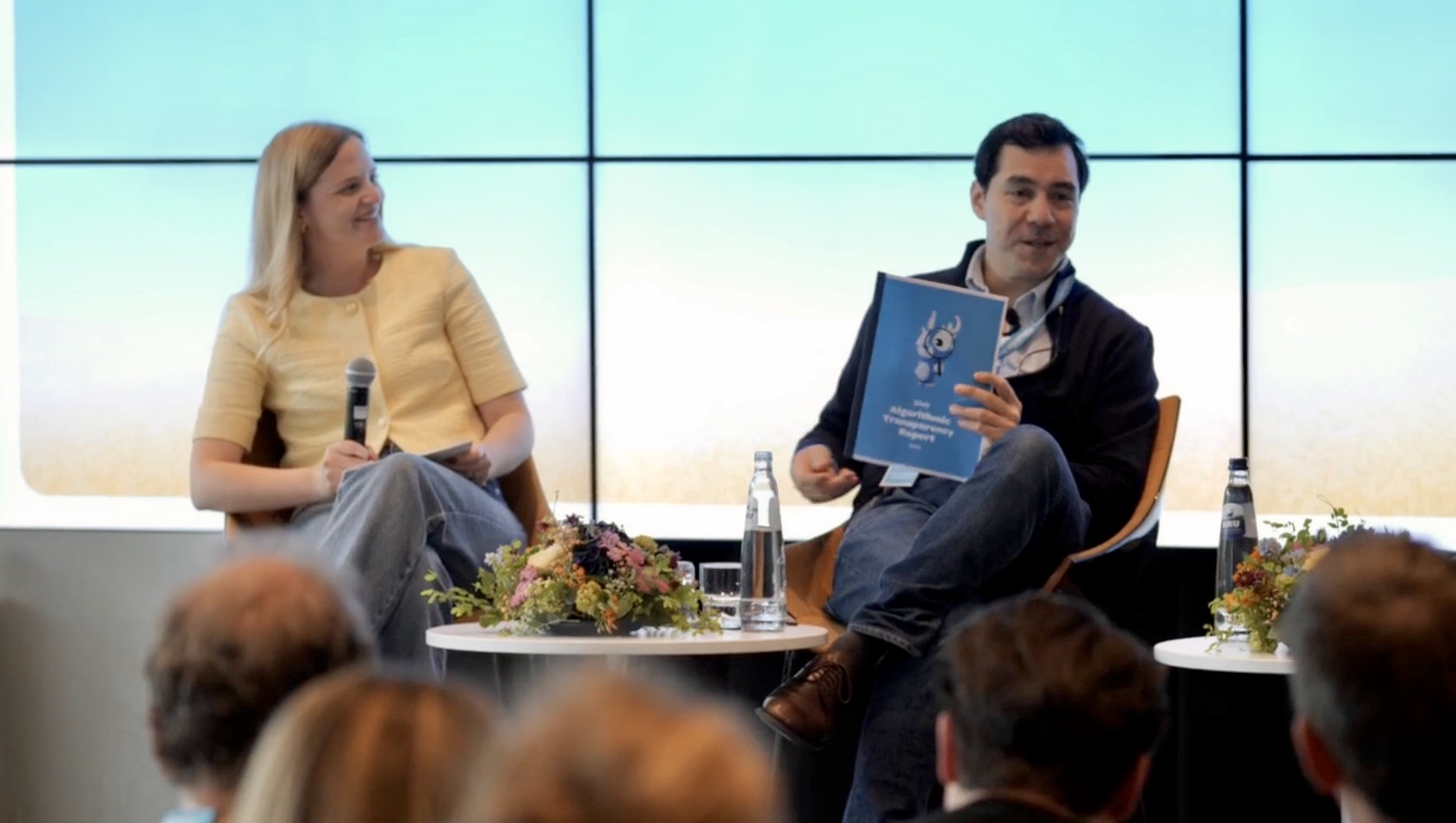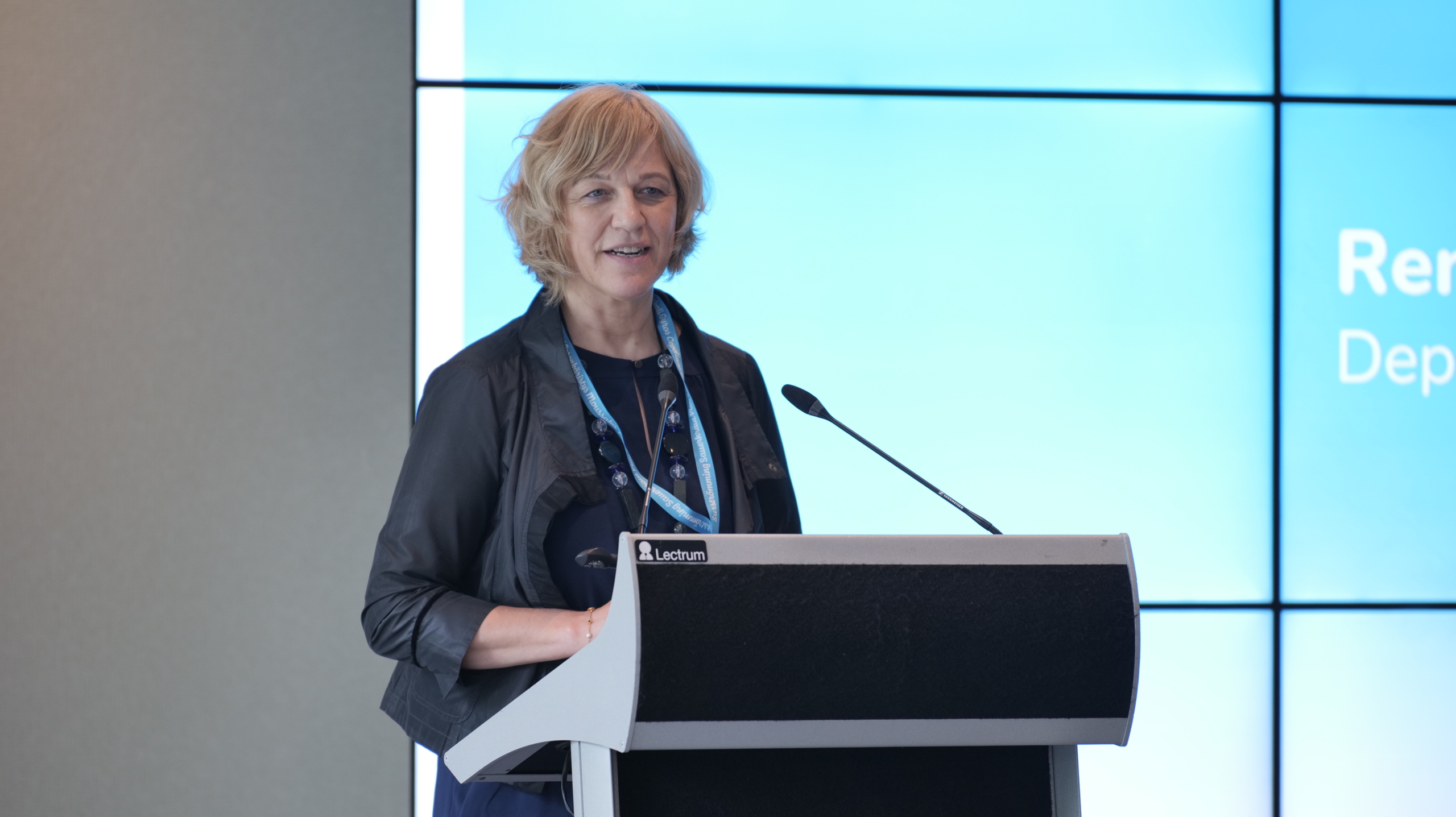Unveiling the second edition of the Wolt Algorithmic Transparency Report

On May 24, the second edition of the Wolt Algorithmic Transparency Report was launched at an event in Brussels that explored algorithmic transparency as an enforcement mechanism in tech regulation. The event served as an essential forum for industry leaders, policymakers, academics, and stakeholders were able to engage in constructive discussions around algorithmic transparency and its role in building trust.
The Wolt platform seamlessly integrates the offline and online worlds: It gives customers the convenience of ordering their favorite goods online and receiving them within minutes, merchants the access to additional sales, and courier partners the ability to earn flexibly through their phones.
To make this possible, we develop a wide range of digital products and tools in which algorithms often play a vital role. Whether you’re a customer, a merchant partner, a courier partner, or simply curious, you may have wondered how the intricate machinery behind Wolt works.

Wolt's Chief Product Officer Vincent Ho-Tin-Noé presenting the new report
To shed more light on the topic, we published our first-ever Algorithmic Transparency Report last year. The aim was to demystify the algorithms at play at Wolt by detailing why we use them and how they work.
At the same time, Wolt’s products are constantly being developed, upgraded and improved to ensure we adapt to new situations, solve emerging problems, and incorporate feedback from our partners. To uphold our commitment to transparency, we are proud to finally be able to present to you the second edition of the Wolt Algorithmic Transparency Report.
What’s new this time?
Besides explaining how algorithms in general power the Wolt platform, the report looks at technology, algorithms and product updates through the lens of our customers, merchants and courier partners. Each section focuses on explaining the most relevant algorithms and updates for each of the groups.
For example, in the past year, we have updated our ranking and recommendation models that consumers interact with; started working with third-party services to facilitate the business growth for merchants; and launched a new pricing model for the courier partners where fees better reflect the effort needed for each individual task.

An excerpt from the report where you can follow the Wolt delivery journey through the algorithms at play on the platform
While algorithms and AI are increasingly prevalent, it is important to understand that there still is a group of talented and passionate people behind the platform who build and oversee the automated tools. It is crucial to acknowledge their contributions and the value they bring to Wolt to ensure the experience is fair, transparent and impactful for the users. We’ve therefore chosen to include a new section on how we develop products and highlight the breadth of our product portfolio.
Furthermore, algorithms are virtually useless without the data they require. Therefore we have included parts where we show how we handle data, privacy and security at Wolt.
Will algorithmic transparency be a game changer for enforcing tech regulation?
The need for algorithmic transparency stems from an image that the Internet is an unruly, lawless Wild West. And to tame it, policymakers have issued a wave of tech regulations all incorporating a new type of enforcement tool called algorithmic transparency.
The thinking behind algorithmic transparency is understandable: Platforms need to be more transparent about the way their algorithms work to build trust between humans and technology.

Renate Nikolay, Deputy Director General in DG CNECT speaking about the significance of transparency in the digital world
During the launch event of the latest Wolt Algorithmic Transparency Report in Brussels, we took a deep dive into what this new enforcement tool will mean for the tech industry.
Wolt co-founder and CEO Miki Kuusi welcomed everyone and told us about the journey Wolt has taken since its start in Helsinki 2014. We also learnt about the origins of algorithmic transparency and why it is important from Postdoctoral Fellow Dr. Johann Laux at the Oxford Internet Institute.
Did you know that while algorithms have existed for centuries, algorithmic transparency has only been on the radar in the past decade?
Representatives from the European Commission and European Parliament took the stage in a discussion moderated by Journalist Dave Keating to share their insights and experiences in crafting regulations that address algorithmic transparency. Tobias Müllensiefen from DG EMPL, Martin Ulbrich from DG CNECT and former Member of the European Parliament Daniel Dalton offered valuable perspectives on the challenges they encountered and the considerations they weighed when formulating policies to promote transparency and accountability in the digital realm.

As algorithmic transparency is increasingly being employed as an enforcement tool, we heard from policymakers who have been directly involved in developing files incorporating it.
In closing, Deputy Director General of DG CNECT Renate Nikolay emphasized the critical need for collaboration between industry players and regulators to effectively address the challenges posed by rapidly advancing technologies.
Despite the growing recognition of the importance of algorithmic transparency, there are still no universal standards for how algorithms should be evaluated for transparency.
We believe it is crucial for policymakers, academics, and industry leaders to work together to establish clear and consistent standards for algorithmic transparency to promote accountability and fairness in decision-making processes. We look forward to continuing the work on this.




